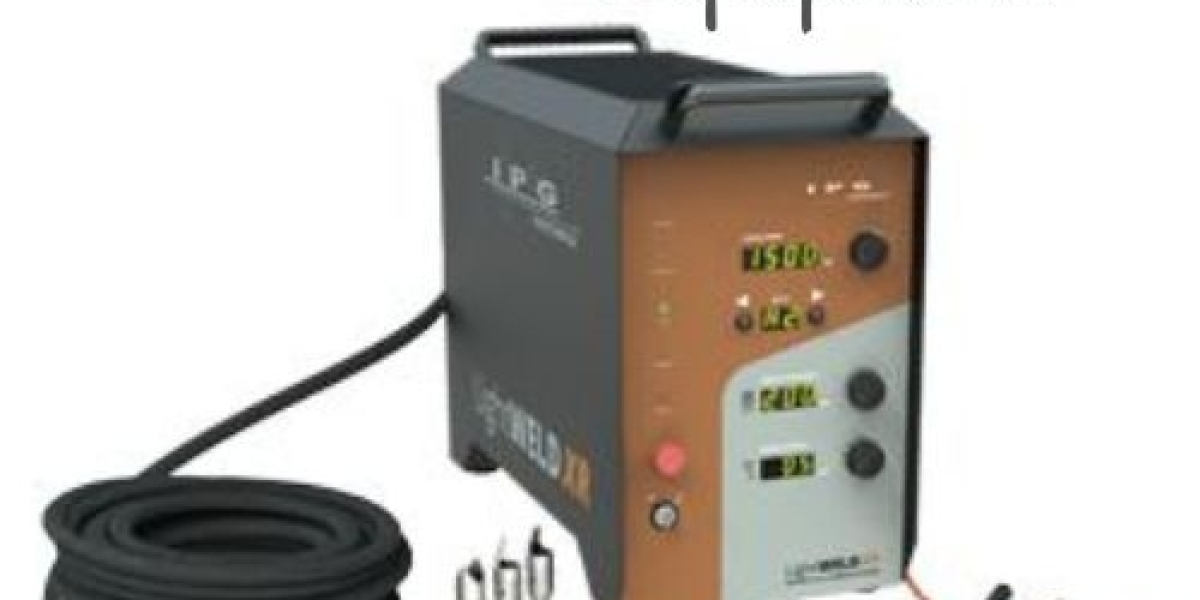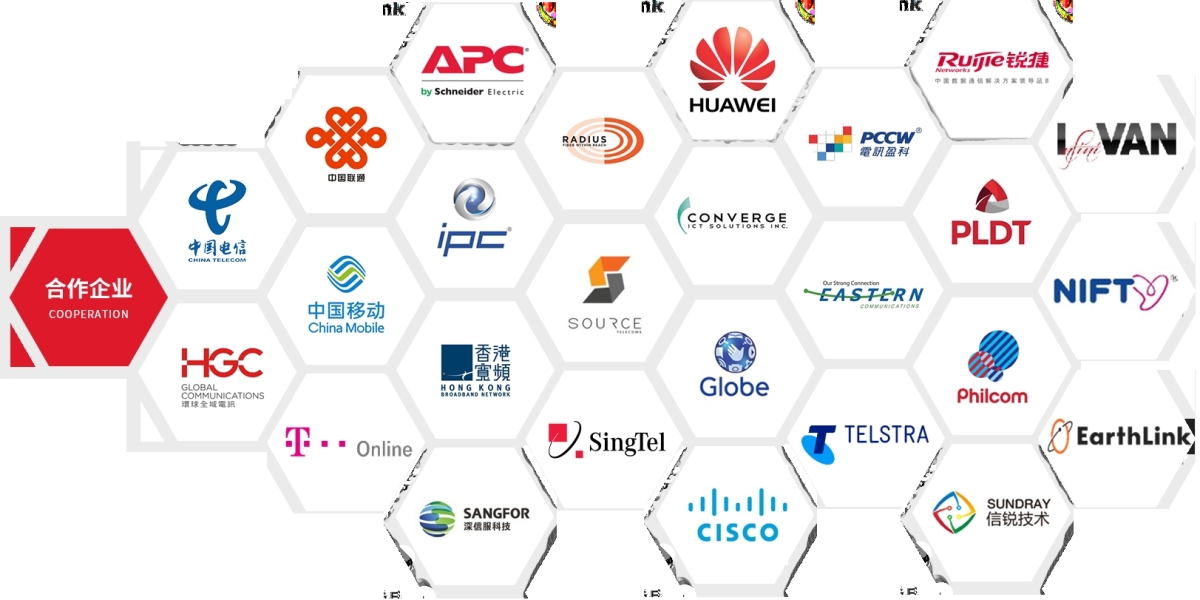At its core, laser welding equipment uses a concentrated beam of light energy to fuse metal surfaces together. The process generates intense heat at the weld joint, allowing metals to bond seamlessly without physical contact or filler material. This contact-free process minimizes thermal distortion and produces clean, durable joints. Over the years, laser welding has evolved from a niche technology to a mainstream industrial process, recognized for its flexibility and accuracy.
Understanding the Role of Laser Welding Equipment in Industry
The global manufacturing landscape has changed dramatically with the rise of automation and precision engineering. Laser welding equipment sits at the heart of this transformation, offering consistent results even in high-volume production environments. It supports a wide range of materials such as stainless steel, titanium, aluminum, and carbon steel — making it a versatile solution for multiple sectors.
In the automotive industry, laser welding equipment is essential for assembling car bodies, engine parts, and battery modules in electric vehicles. The process ensures joints are lightweight yet strong, directly contributing to vehicle performance and energy efficiency. In aerospace, where every gram matters, laser welding enables manufacturers to create robust yet minimal structures. Meanwhile, in medical device manufacturing, it provides clean, contamination-free welds ideal for tools and implants.
Manufacturers choose laser welding not just for its speed, but for the control it offers. With precise parameters such as beam intensity, focus, and pulse duration, operators can adapt the process to different material thicknesses and configurations. This versatility makes laser welding equipment suitable for both manual and automated production setups.
How Laser Welding Equipment Works
The technology behind laser welding equipment is built around a high-energy light source. Typically, fiber lasers or CO₂ lasers are used to produce a concentrated beam that melts and fuses metal surfaces. The welding process can be performed in continuous or pulsed mode, depending on the desired depth and precision of the weld.
A typical laser welding system includes the laser generator, optical delivery system, focusing lens, and control unit. The laser generator produces the beam, which is guided through optical fibers or mirrors to the welding head. There, the beam is focused onto a precise point on the metal surface. The heat melts the material instantly, and as it cools, the metals fuse to form a strong, clean weld.
Modern laser welding equipment often integrates CNC controls, robotic arms, or handheld units, depending on the production setup. These configurations allow both small-scale workshops and large factories to utilize laser welding efficiently. The technology is adaptable — suitable for micro-joining thin components or deep-penetration welding in thicker metals.
Applications of Laser Welding Equipment
Laser welding equipment finds application in a diverse range of industries due to its ability to deliver high-quality welds without additional filler materials.
1. Automotive Manufacturing
Automotive factories rely heavily on laser welding for structural and component assembly. It enables lightweight construction, supports hybrid material joining, and ensures precision across complex geometries. Battery manufacturing for electric vehicles, in particular, uses laser welding equipment for sealing and connecting delicate components.
2. Aerospace and Defense
Precision, consistency, and strength are non-negotiable in aerospace applications. Laser welding equipment meets these demands by producing clean, defect-free welds on titanium and aluminum parts used in engines, turbine blades, and fuselage structures.
3. Electronics and Microtechnology
In electronics manufacturing, laser welding enables joining of miniature components without damaging heat-sensitive materials. It is ideal for sensors, micro-circuits, and battery connections where tight tolerances are critical.
4. Medical and Dental Devices
The need for contamination-free welds in medical device production has made laser welding indispensable. From surgical instruments to implants and dental components, the process ensures smooth, sterilizable surfaces.
5. Tool and Mold Making
In toolmaking, laser welding equipment is often used for repair and refurbishment. The precision of the beam allows manufacturers to restore worn molds or add fine details without affecting the overall structure.
Types of Laser Welding Equipment
Laser welding equipment comes in several configurations, each designed for specific tasks and environments.
Fiber Laser Welding Machines are among the most popular choices today. They offer excellent beam quality, efficiency, and low maintenance. Their compact design and ability to handle various metals make them ideal for both manual and automated operations.
CO₂ Laser Welding Systems have been around longer and are still used in applications requiring deep penetration welding. They work well for thicker materials and industrial-scale production.
Nd:YAG Laser Welding Machines are used for pulsed welding applications, particularly in precision joining of small parts or components sensitive to heat.
Handheld Laser Welding Equipment has gained significant popularity for its flexibility and ease of use. It allows operators to perform welding tasks directly on-site, reducing the need for complex setups.
Each type of equipment is designed with specific parameters for beam quality, energy output, and cooling systems to meet the unique requirements of the application.
Why Industries Are Transitioning to Laser Welding Equipment
Global industries are under increasing pressure to deliver high-quality products faster while minimizing waste and rework. Laser welding equipment addresses these challenges through its high energy efficiency and precise control. It supports the shift toward automated manufacturing, where repeatability and reliability are essential.
Furthermore, as sustainability becomes a core goal for manufacturers, laser welding stands out as an eco-friendly solution. The process consumes less energy and produces minimal fumes or residue, aligning with environmental standards. The clean welds also reduce the need for post-processing, which saves both time and resources.
With the integration of robotics and smart sensors, today’s laser welding equipment can monitor and adjust parameters in real-time. This ensures consistent output even during continuous operation, making it a preferred choice for Industry 4.0 manufacturing systems.
Maintaining Laser Welding Equipment for Long-Term Performance
Proper maintenance of laser welding equipment is crucial for ensuring long-term reliability and accuracy. Regular inspection of optics, cooling systems, and electrical components helps prevent unexpected downtime. Cleaning the lens and protective glass ensures consistent beam quality, while timely replacement of worn parts preserves machine efficiency.
Operators should follow manufacturer-recommended maintenance schedules and calibration routines. Keeping the work area free from dust and debris also helps maintain stable laser output. Many modern systems now include diagnostic software to track performance metrics and alert users of potential issues before they affect production.
Training the workforce to handle the equipment safely and efficiently further extends the lifespan of the system. Well-maintained laser welding equipment not only ensures consistent weld quality but also maximizes the return on investment for manufacturers.
The Future of Laser Welding Equipment
The future of laser welding is shaped by advancements in automation, precision control, and digital monitoring. Fiber lasers continue to dominate due to their efficiency, but new hybrid systems are emerging that combine the strengths of multiple technologies. Artificial intelligence and sensor integration are making welding systems more adaptive, allowing real-time adjustments to material properties and environmental conditions.
Miniaturization of equipment is also expanding possibilities for portable and handheld use. This enables on-site welding and repair in industries such as shipbuilding, construction, and heavy machinery. As global demand for cleaner, faster, and more accurate joining methods grows, laser welding equipment will remain a driving force in industrial innovation.
Final Thoughts
Laser welding equipment has redefined what’s possible in modern fabrication. Its unmatched precision, adaptability, and cleanliness have set new standards across industries. From microelectronics to massive structural projects, it delivers consistent performance and long-term reliability. As technology continues to evolve, laser welding equipment will play an even greater role in shaping the future of manufacturing — where efficiency, quality, and sustainability converge into a single, powerful process.









